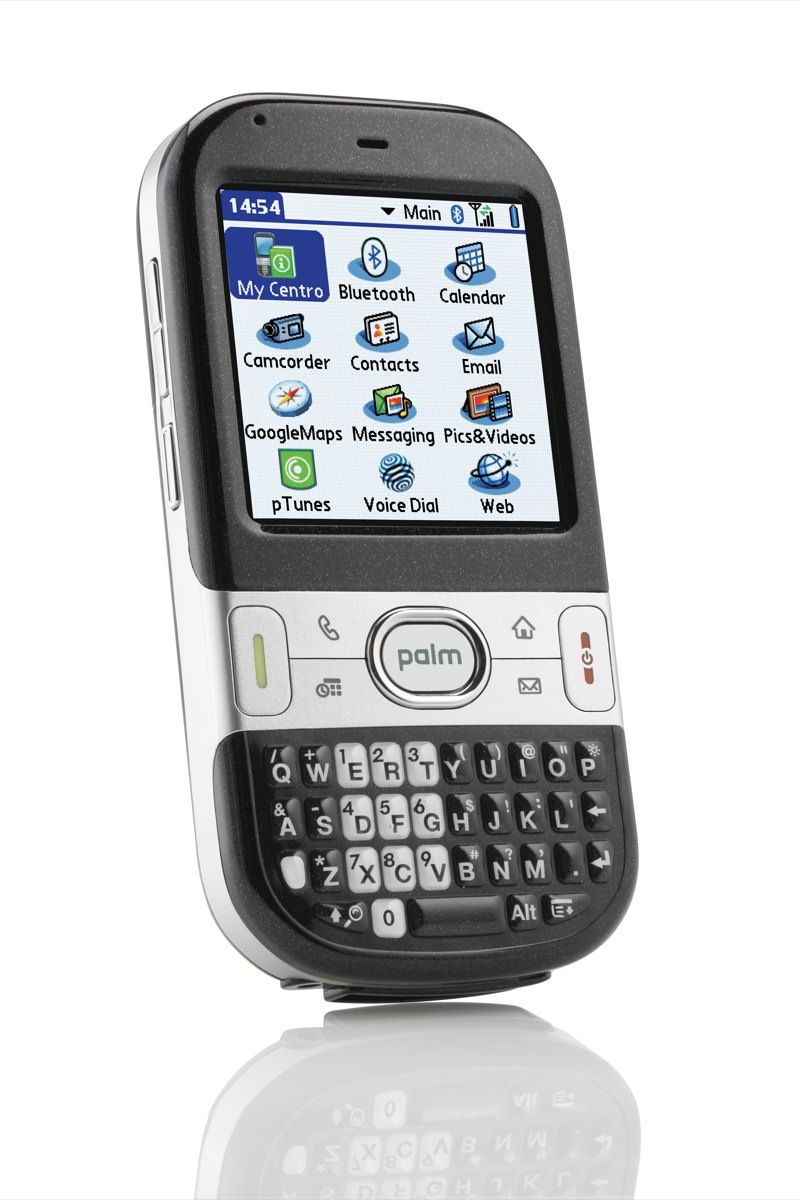Palm, there's a name you don't hear that often, but can the struggling smartphone maker turn around its fortunes and succeed with its latest handset the Palm Centro? We get dialling to find out.
Our quick take
Everyone wants to do consumer focused smartphones "for the kids", and Palm is the latest company to try and jump on that bandwagon. In the US where the phone launched 6 months ago the marketing spiel seems to have worked, but this isn't the States. Do kids really want a smartphone with the ability to view Word documents?
The Palm Centro as a smartphone does offer you something that is basic, but works. The Palm OS is easy to use and there are stacks of third-party applications out there to enhance the phone further via software.
However the Palm Centro isn't a hip smartphone for the "youth" market.
If you look at what the competition are doing, it's clear that Palm have missed the boat completely, probably why no operator has announced it is stocking the handset.

Palm Centro mobile phone - 3.0 / 5
| FOR | AGAINST |
|---|---|
|
|
The Palm Centro is your entry-level smartphone aimed at, according to Palm a "youth" market that stretches from 11 to 35.
If that wasn't confusing enough (it spun the same line for the Vodafone 500v) so called "youth" customers will probably struggle to see what's so hip and cool about it.
The design is small and compact (107.2 (L) x 53.5 (W) x 18.6mm (D)) weighs 124 grams and features a full QWERTY rubber keyboard, a 320 x 320 65K colour touchscreen and obligatory 1.3 megapixel camera with speaker on the back. It's colour is the kid friendly black. Not, in our minds, a hip and funky colour to appeal to the "youth" market.
Build quality on the whole is good, although personally we didn't like the spongy keyboard finding it hard to type on and not responsive enough to our button presses.
The software operating system is the company's Palm OS rather than Windows Mobile as seen in other Palm models of late and it's a welcomed return to the OS.
From the home screen you get access to all the applications on the phone and as anyone who used a Palm device in the 90s will know, the interface and menu system is easy to use.
To help you get the most out of the phone Palm has teamed up with Google (who hasn't?) and you'll get Google Maps pre-installed on the phone from the go.
When it comes to surfing the web, the Centro uses Palm's own Blazer web browser rather than Opera mini (because of the lack of Java support) and you'll also have to use Pocket Tunes for your music. It's basic and simple.
You will however be able to view Word or Excel documents on the go. Exciting.
In performance the phone is okay, but not the zippiest smartphone we've seen and you are talking basic here rather than cutting edge stuff, but then with a £200 pre-pay price tag you get what you pay for.
That price tag has affected the tech specs as well, while you get a microSD card slot there is no 3.5mm headphone socket, no Wi-Fi, no 3G, no Bluetooth 2.0, no Java and no flash for the 1.3 megapixel camera, all tech we are sure the "youth of today" probably want.
To recap
The Palm Centro isn't a hip smartphone for the "youth" market as promised
